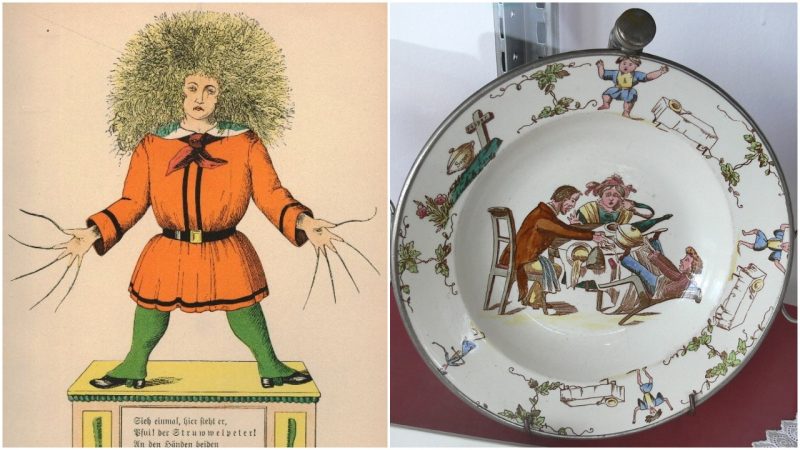Learning can be a painful process, especially for children; one has to fall just to learn how to stand up, or make a mistake in order to learn what’s right. But nothing is as hard as learning the system of ethics. Children’s stories are an excellent example of teaching and learning ethics, through the actions and consequences of the protagonist and antagonist.
The former is innocent with a sense of good and evil for which he is rewarded in the end; the latter does everything wrong and is punished. But all this comes into question when one discovers Der Struwwelpeter, a 19th-century German children’s book in which the main characters are all children who end up severely punished or dead.
Yes, it is cruel, and it is true, yet one can’t help it but laugh while reading the stories such as the story of Kaspar and the soup. It goes like this: little Kaspar is a strong and healthy boy who one day decides that he won’t eat his soup anymore.
In the following five “soupless” days, Kaspar loses weight and dies. Or the story about a girl who likes playing with matches and burns to death. It is bizarre as it is hilarious, and the fact that it is a children’s book just adds to it. But not all stories end up so fatally. For example, Frederick is a cruel kid who kills bugs, tortures animals, and disturbs people. But all that comes to an end when Frederick gets bitten by a dog and is left bedridden due the to severe bites, while his dog gets the boy’s meals.
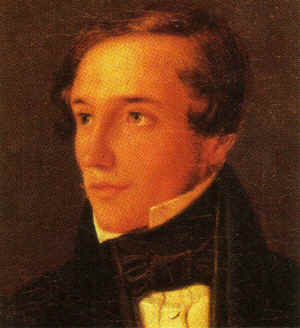
But don’t be frightened, or rush into judging the book. In its day it was not perceived as overly moral nor as cruel. Just funny. And that’s why people all over Germany loved it. The initial title was Funny Stories and Droll Pictures, and it was written by Heinrich Hoffmann, a German psychiatrist who published poetry and satirical comedy.
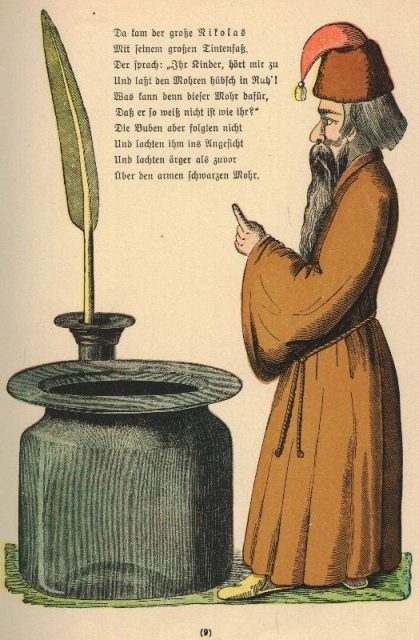
In 1845, Hoffmann wrote his masterpiece, an illustrated collection of children’s stories with the modest goal of surprising his 3-year-old son with a Christmas present. Later, he titled the book Der Struwwelpeter after the anti-hero in one of the stories.
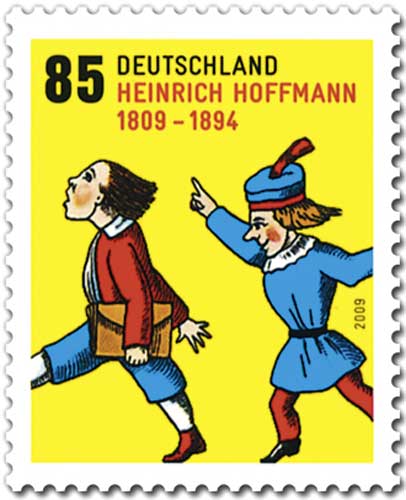
Struwwelpeter or “Shock-headed Peter” is so much fun that even Mark Twain translated it into English in 1891. Actually, Twain’s translation, Slovenly Peter, was published in 1935, after his death, due to copyright issues.
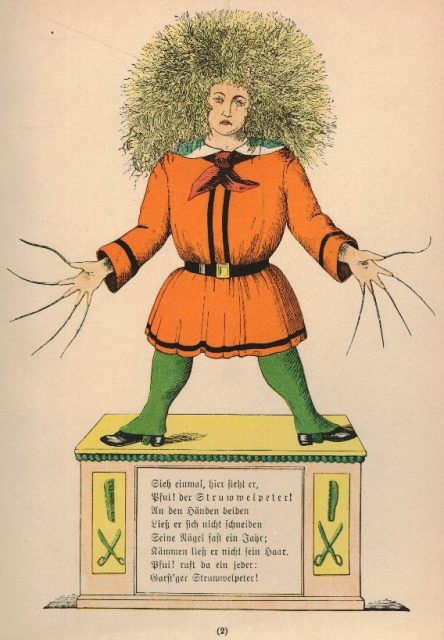
The book is of immense importance in many aspects. First of all, the illustrations are considered a precursor to comic books, while at the same time researchers recognize many childhood mental disorders known today.
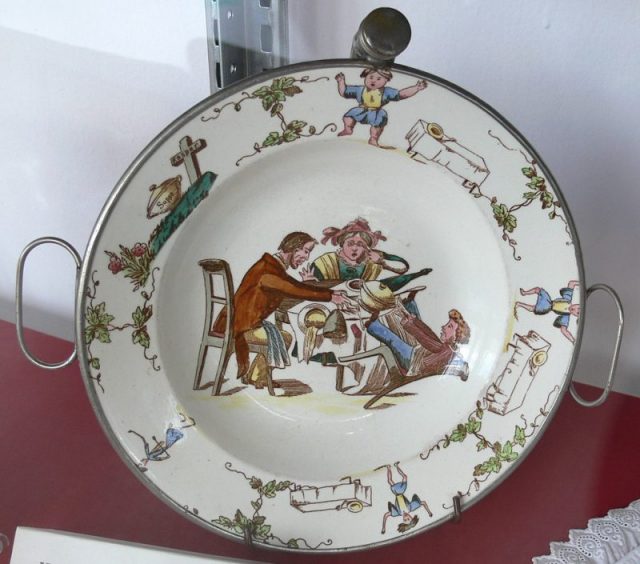
Many famous authors in the world, such as Agatha Cristie and Astrid Lindgren, referred to Hoffmann’s stories and characters. Some of the stories have been set on the movie screen, and some adapted for theater plays.
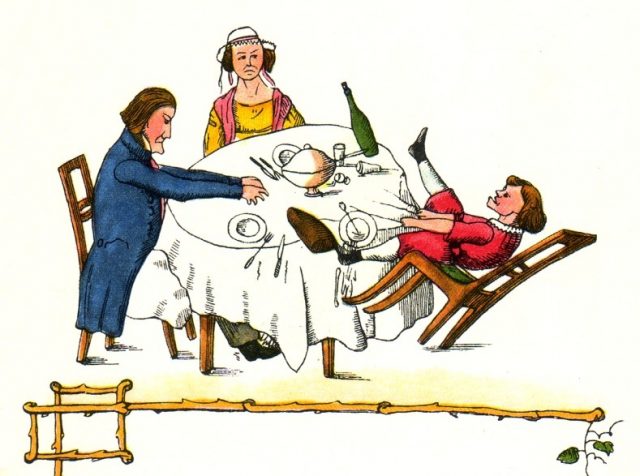
Hoffmann also introduced the bogeyman character of the Scissorman (or the Tailor) that appeared in European folklore. In the original, “The Story of Little Suck-a-Thumb,” which is one of the most famous stories in the book, the anti-hero is Konard. He has the habit of compulsively sucking his thumb, even though Konard has been warned by his parents that if he continues to do so, Scissorman would come and cut off his thumb.
The kid doesn’t listen to his parents and so along comes the Scissorman. He is a terrifying and morbid creature whom later authors couldn’t resist using. Such as Tim Burton’s Edward Scissorhands, which is based on the character of the Scissorman.
Nobody gets tired of Struwwelpeter. It is never late to enjoy it.
